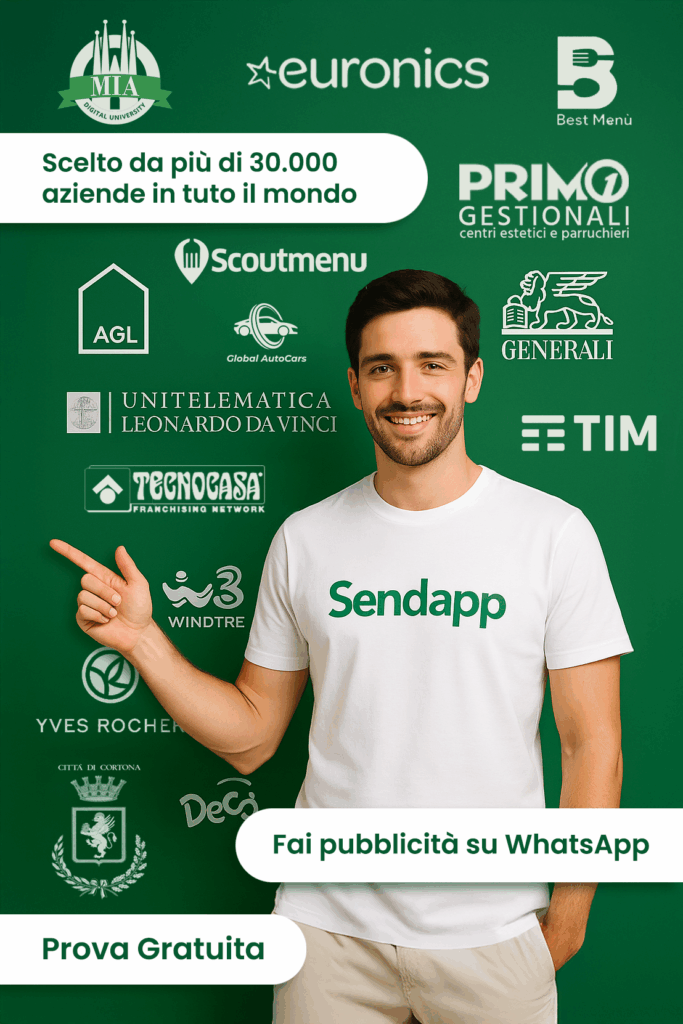The event, which brought together global companies, brands, marketers and mobile operators from around the world, explored the RCS- and WhatsApp Business-enabled transformation of messaging that is changing the way businesses communicate with consumers, increasing engagement and offering valuable loyalty and sales.
Did you miss the webinar? Don't worry, here's a quick rundown of what you need to know!
Consumer expectations are changing
Gen-Y grew up with messaging, especially OTT chat apps. Like second nature, they expect to be able to communicate with friends and family in a rich way, sharing pictures and videos, using emojis, creating groups and more.
Why don't consumers want to communicate with businesses in the same way? To date, of course, business-to-consumer messaging has generally been limited to text, but the ship is rolling, driven by consumer demand and the new messaging formats being provided A2P.
For example, functions like customer service have traditionally used IVR as a transport layer. Consumers hate it. They don't want to sit on the phone and wait for numbered options to achieve the desired result. They want to chat, interact and engage.
The mobile channel is also changing
Big macro trends in e-commerce, marketing, and contact centers are shifting to the messaging channel. In retail we have seen a trend from brick and mortar stores, to online, to apps and now to the messaging channel where products can be viewed in full rich media along with linked buttons to buy goods or a map to "find my nearest shop ".
What is the business profit?
The list is long and includes:
Reduction of customer acquisition costs
Increase in revenue
Increased engagement that allows for increased incremental click-through rates, as well as up-sell and cross-sell opportunities - If you add message personalization to the mix, engagement goes through the ceiling. Separately Sinch saw 65% engagement levels improve and 15% sales conversion for a major US retailer
Moving contact centers from IVRs and agents to two-way conversation with robots or model-based responses on the messaging channel is another big benefit for brands - reducing the cost of each interaction.
RCS
The most powerful consumer engagement channel is the native messaging inbox on the smartphone. Read rates for SMS are already seriously good. RCS takes this to the next level because it is visual, can include branding, and comes with tools like verified sender, calendar app integration, location, and a whole host of media options via carousels or the "rich" area. card ”of each Message.
For some functions, Sinch has seen much better responses to RCS than SMS: by simply showing a button on the screen, the experience becomes more interactive and the consumer is immediately more engaged.
Additionally, RCS improves the customer journey at every stage of contact with a company, from boarding to customer service and beyond. In short, you have the power of the message in terms of reach, but now it's as fun as using an app, much less expensive to implement and more immediate (consumers prefer to reply to a message rather than launch an app).
WhatsApp persists as one of the few apps that consumers love. It's also true that consumers are happy to use it for personal communication and a two-way channel for talking to brands and companies.
Pay attention to the differences with RCS:
Businesses must make contact via a predefined and pre-approved model
Once the individual responds, consent to the "chat" is assumed
However, initial consent must be obtained outside of WhatsApp itself. This can be done by email, SMS, during an online transaction or when setting up a profile and preferences
WhatsApp prohibits overtly promotional content or anything that directly sells something to the consumer
WhatsApp's primary focus is customer service and support - a safe environment in which an individual can speak to a brand to implement customer service and customer support.
Ready for more?
Why not start a WhatsApp or RCS pilot program today? We can help and manage:
Trademark registration and approvals
Registration of the model
Build, design and manage bots
Design your campaign flows






